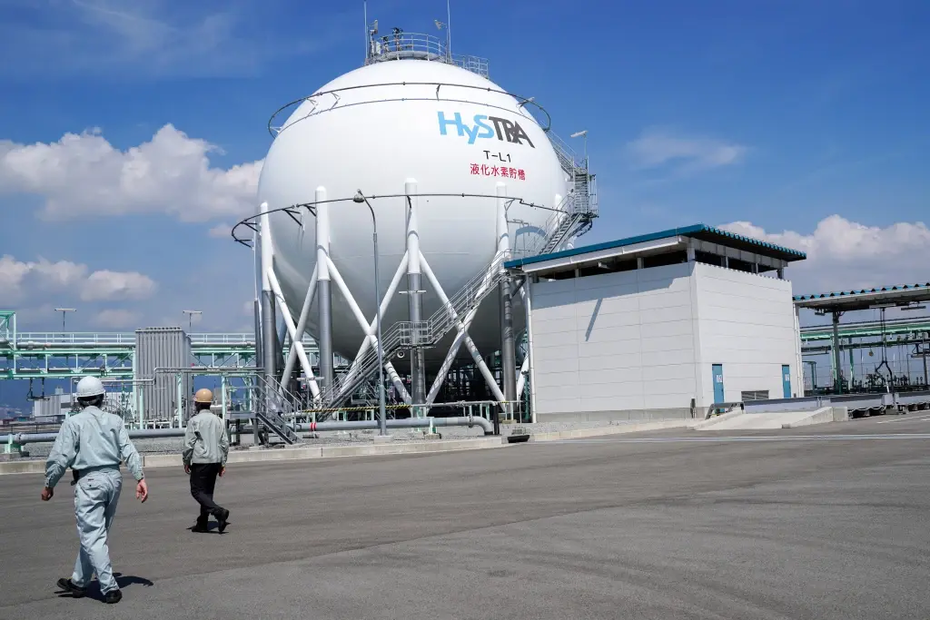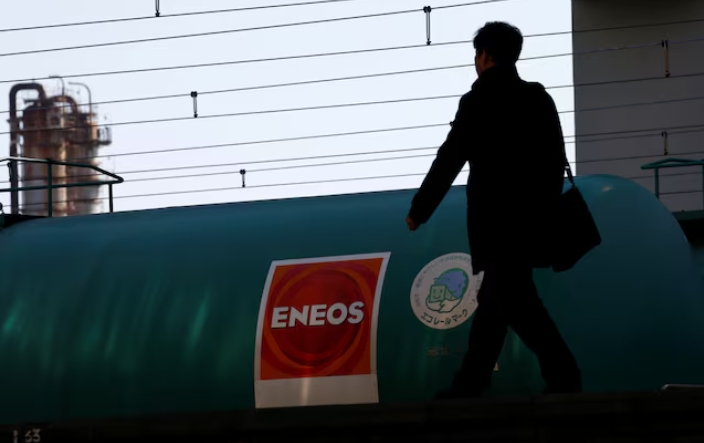
Both the Republic of Ireland and Northern Ireland, have a separate target to achieve 80% of electricity from renewables by the end of the decade. Cornwall Insight’s data currently sees the all-island SEM reaching 66% renewable power generation by 2030 and achieving 80% in 2033, with Northern Ireland specifically reaching 80% by 2034 and Ireland by 2033. Delays to planning and grid connection concerns have been named as the chief cause with the growth of renewables, most notably onshore wind, moving slower than expected.
The forecast follows the most recent Irish Renewable Electricity Support Scheme (RESS 4) auction, which saw the volume of contracts awarded to onshore wind fall well below the level required to meet the 2030 targets. The RESS 4 auction saw 374 MW of onshore wind procured, with only four successful onshore wind projects, which based on the already existing and contracted capacity would, when built, take the total capacity in Ireland up to a little above 5 GW. The Climate Action Plan in Ireland has set a 9 GW 2030 target for onshore wind. The target is ambitious given current procurement levels. In contrast, solar generators continued to perform well in RESS 4, securing 960 MW in awarded contracts and building on the rapid growth seen in 2024.
In Northern Ireland, SONI, the Transmission System Operator is planning for 2.5 GW of onshore wind by 2030 and is currently operating at around 1.3 GW. A Renewable Energy Support Scheme is currently under development, which could see 500 MW (0.5 GW) of onshore wind, solar and other technologies (aside from offshore wind) available to the network for 2027, with indications of auctions taking place as early as 2025. Whilst there is optimism surrounding the scheme, given the timelines for projects, any further delays could harm the level of capacity that could be brought online by 2030.
Despite these issues the SEM does still currently have the highest contribution of wind generation of any power system in the world.
While the 80% targets set by both the Irish and Northern Irish governments are likely to be missed, significant progress is forecast to be made with the percentage of renewable power on the grid expected to jump from just over 40% in 2023 to 66% in 2030 and 74% in 2031.
The 2030 targets have encountered a number of challenges, chief amongst these have been planning delays and a shortage of grid connections in both jurisdictions. In Ireland, these issues led to investors being deterred from bidding in the RESS auctions for fear their projects will be substantially delayed, or not get off the ground at all.
Action has been taken by the Irish government including allowing generators to delay their required operational date by up to two years if systems operator grid connection issues or judicial reviews of planning permissions arise, which it is hoped will increase the number of renewables bids.
Kitty Nolan, Cornwall Insight, Modeller, stated: “While progress is being made, the renewables targets remain very ambitious. The RESS 4 auction procured lower than expected capacity, with onshore wind trailing a long way behind where it needs to be. Both the Republic of Ireland and Northern Ireland are facing significant challenges in terms of grid connections and planning processes and without concerted efforts to accelerate progress in these areas, hitting these 2030 targets could slip further out of reach.
“While there are many barriers, we should not let missed targets overshadow the good progress that is being made. Moving from just over 40% of power from renewable sources in 2023 to 66% by 2030 is still an impressive achievement – with 80% due by 2033. It's vital that policymakers maintain momentum for renewables, and recent changes in Ireland’s grid connection policies show promising signs for renewed growth. With the right drive and support, reaching these ambitious goals could be within sight."







